June 25, 2023: Lessons from 2001: A Space Odyssey Why did the HAL 9000 AGI run amok aboard the Discovery One spaceship on its way to Jupiter?
June 19, 2023: Delayed myocarditis Healthy 24-year-old man develops myocarditis three months after a second dose of the Moderna vaccine.
June 13, 2023: Transforming Dermatology ChatGPT is transforming biomedical fields with its real-world applications.
June 12, 2023: New-onset acute psychosis A Case report published today describes new-onset acute psychosis as a manifestation of lupus cerebritis following concomitant COVID-19 infection and vaccination.
June 10, 2023: Hallucinations in NLG Natural Language Generation Models can generate hallucinated texts. Diverse mitigation strategies have been proposed.
June 9, 2023: AI Transformers for Biomedicine Over 100 pretrained models based on transformer architectures have been utilized in medical domain.
June 8, 2023: Diabetes genes A study published today in Nature Genetics has identified nine new candidate genes associated with diabetes.
June 7, 2023: Wastewater Epidemiology WBE holds the potential to revolutionize public health, enhance environmental monitoring, and promote a more sustainable and equitable future.
June 5, 2023: Coding with ChatGPT Tips for coding with ChatGPT and related tools based on large language models.
June 4, 2023: AI in Elderly Healthcare As we move forward, we need to develop AI technologies that are inclusive, fair, and ethical, ensuring that they truly meet the needs of older adults.
June 2, 2023: The Making of ChatGPT ChatGPT was developed in two phases: pre-training and fine-tuning.
June 2, 2023: EBV reactivation We discuss two case reports suggesting a potential link between Epstein-Barr virus (EBV) reactivation and COVID-19 vaccination

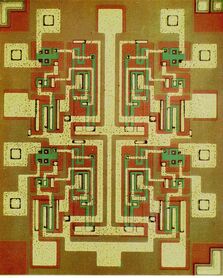
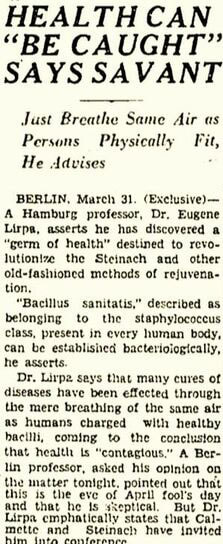
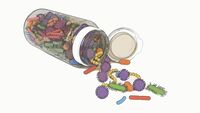
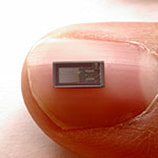
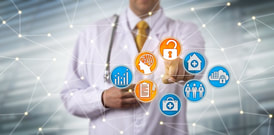
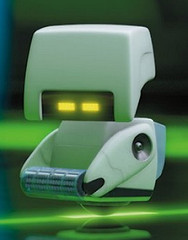
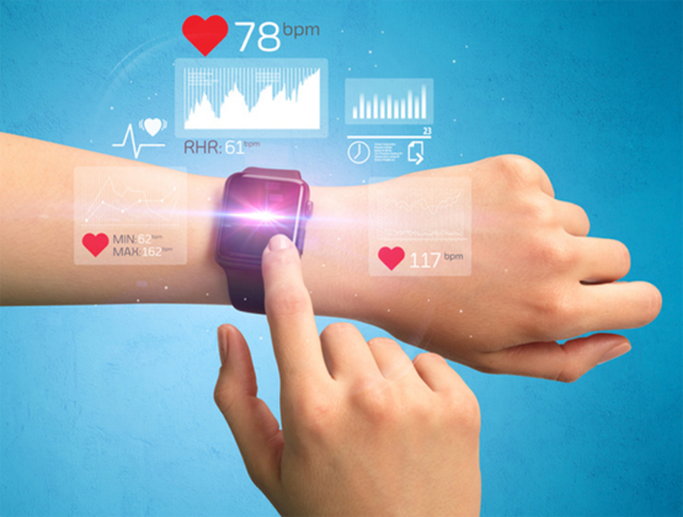
 RSS Feed
RSS Feed
